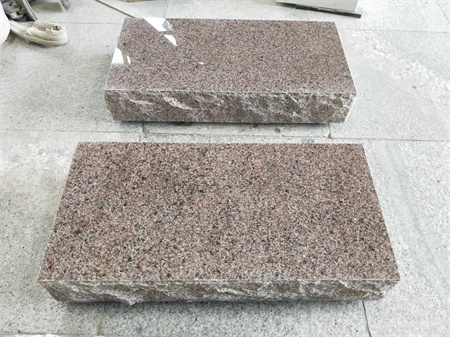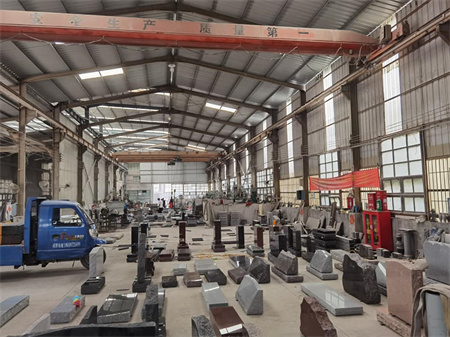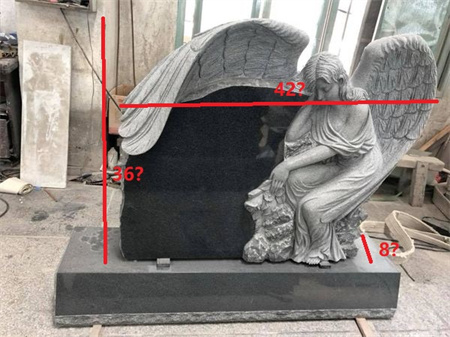Understanding the Properties of Granite for Headstones

Understanding the Properties of Granite for Headstones
Granite has been a favored material for headstones for centuries, known for its durability, beauty, and timeless appeal. When choosing a headstone, families want a lasting tribute to their loved ones, one that not only commemorates but also endures the passage of time. Granite, with its unique properties, provides just that—a material that combines strength, elegance, and resistance to the harsh elements of nature.
One of the most remarkable qualities of granite is its hardness. As one of the hardest natural stones available, granite is incredibly resilient against weathering and physical wear. This is why it is often the first choice for headstones and monuments. Whether it’s the scorching sun, heavy rain, or freezing temperatures, granite can withstand these elements without deteriorating over time. Its resistance to erosion ensures that inscriptions on the headstone remain legible for generations, making it an ideal option for families looking for a lasting memorial.

Another significant property of granite is its versatility in design. The stone can be cut and shaped in various ways, allowing for a wide range of customization options. From traditional upright markers to more intricate designs with curved edges or elaborate carvings, granite provides the flexibility needed to create a truly personalized tribute. Additionally, granite’s fine-grain structure allows for detailed engraving, making it possible to etch intricate designs, symbols, or even photographs that reflect the personality and life of the deceased. This level of customization is one of the reasons why granite remains so popular in the creation of memorials.
Granite also offers a remarkable range of colors and patterns. While gray is the most commonly seen color for headstones, granite can also be found in shades of black, pink, red, and even green, depending on the specific mineral content of the stone. These variations add a layer of individuality to each memorial. Some stones feature striking patterns of veins or speckles, giving each piece a distinct, one-of-a-kind look. These variations can also hold personal significance for families, as certain colors or patterns may have cultural or sentimental meanings.


As you can see, granite is not only a practical choice for a headstone but also one that carries deep symbolic meaning. Its strength, beauty, and versatility make it a fitting material for commemorating the life of a loved one. Whether through its resilience to the elements, its customizable nature, or its range of colors and patterns, granite ensures that each memorial remains a dignified and lasting tribute. It’s no wonder that granite has been the material of choice for headstones for so long—and will continue to be for generations to come.